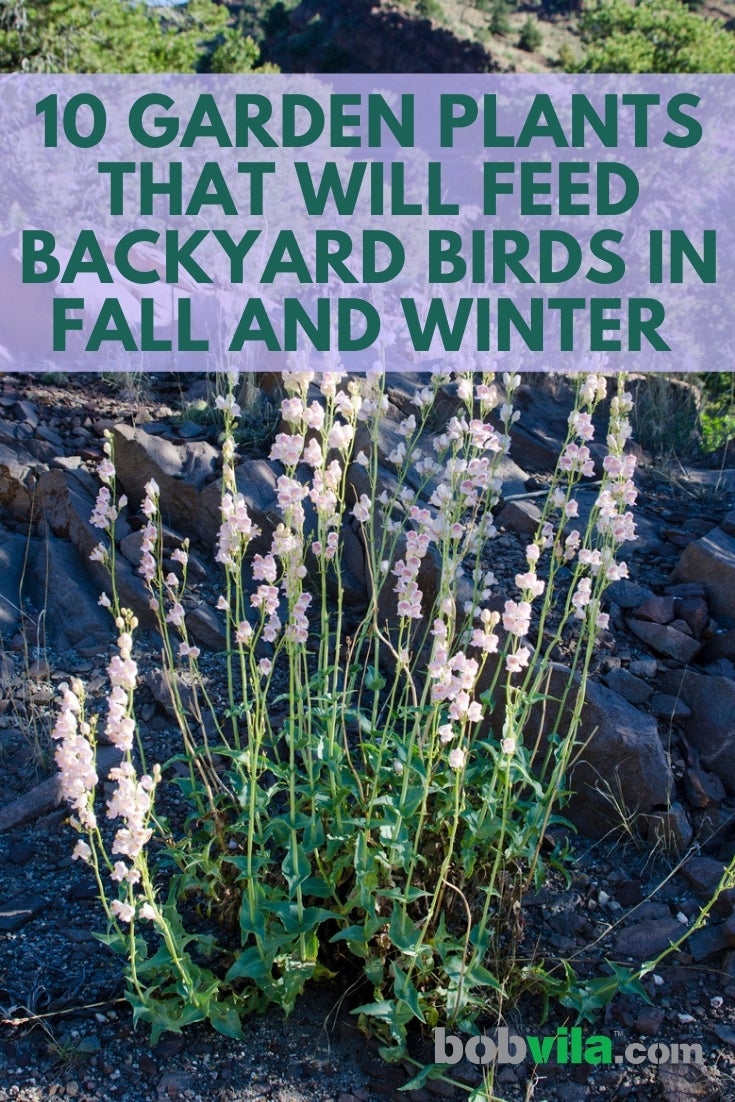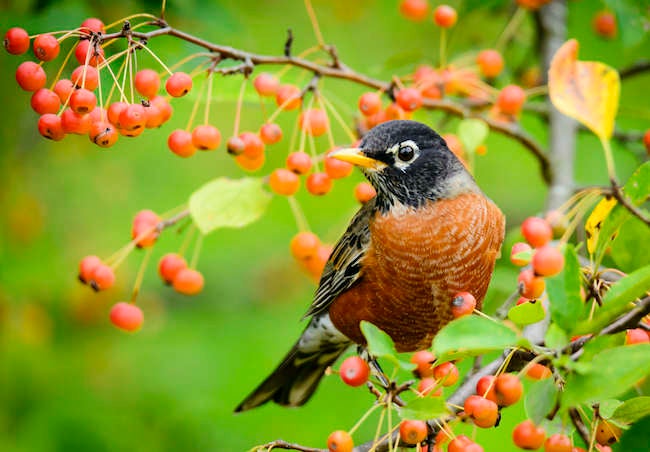

We may earn revenue from the products available on this page and participate in affiliate programs. Learn More ›
Home Advice You Can Trust
Tips, tricks & ideas for a better home and yard, delivered to your inbox daily.
Prepare the Feast
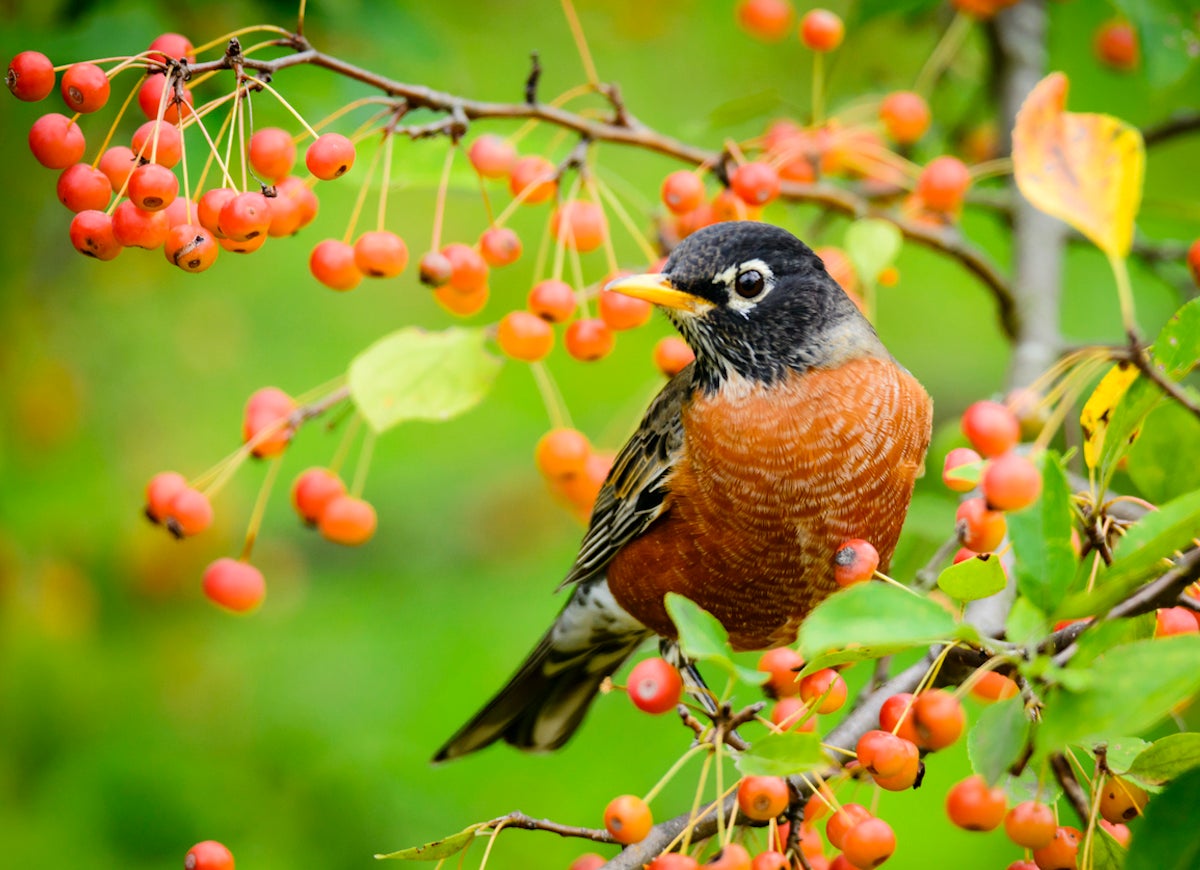
As the weather turns chilly, some birds head south for the winter in search of warmer locales and more plentiful food. Others stick around, better equipped for finding food and shelter in the winter landscape. But even for these hardier birds, cold-weather survival can be challenging. Particularly as habitats shrink, birds need a bit of help getting through the stark, dark, frigid months of winter. Give our feathered friends a hand by landscaping your yard with plants that offer them food and shelter. In addition, avoid doing too much fall cleanup: Those dried-up seed heads can fill avian tummies. And finally, now that summer’s bounty of insects is rapidly disappearing, don’t forget to put out (and fill up!) your bird feeder.
Bayberry
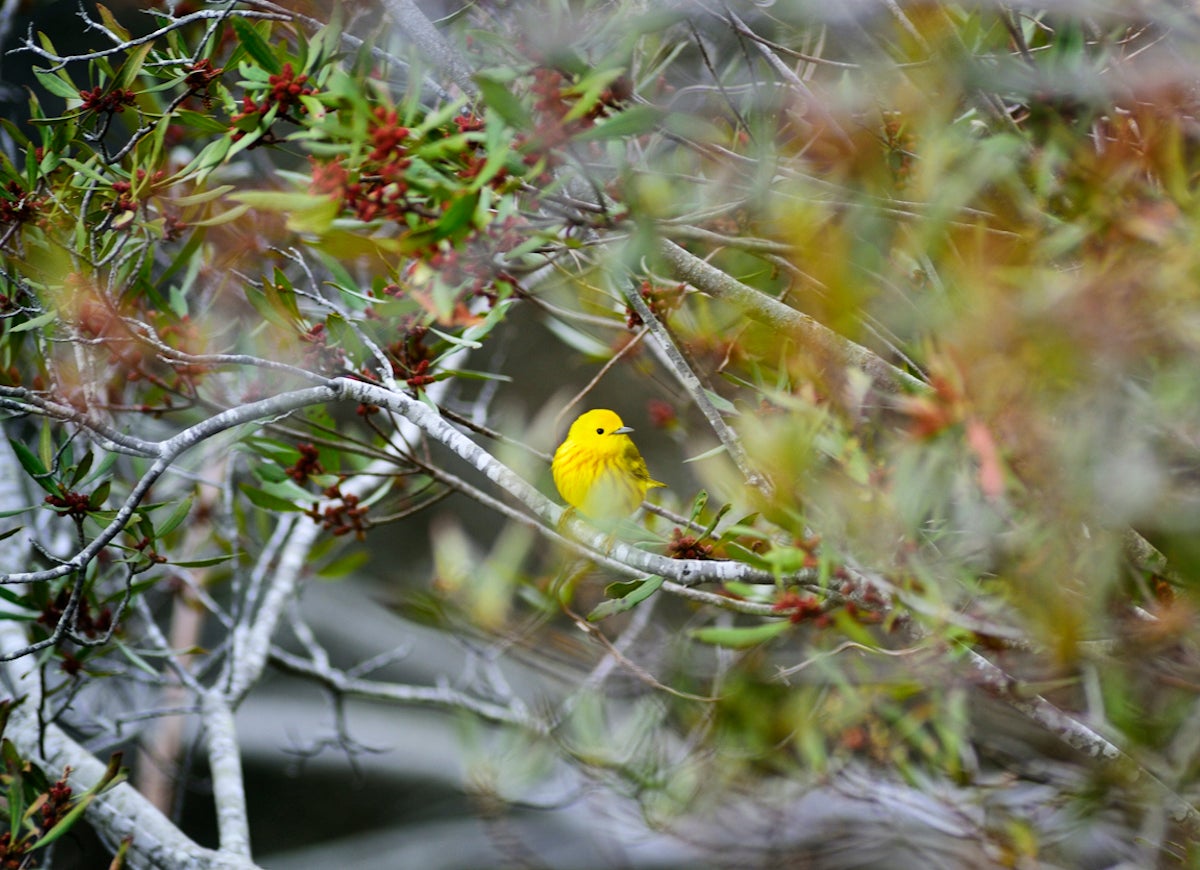
When colder weather sets in, birds that rely on insects have to find an alternative form of sustenance, and that’s where berries come in. In fact, berries make up a large portion of their winter diet. Bayberry bushes offer a heaping helping of hard, red berries that birds like swallows, warblers, and woodpeckers gobble up. As a bonus, the bright red berries look lovely against a snowy backdrop.
Staghorn Sumac

If you’re landscaping with birds in mind, it’s important to choose some plants that hold on to their fruit even when it’s ultra-chilly outside. Staghorn sumac is one great example. All winter long, the tree’s clusters of berries provide plenty of valuable calories for birds, while in the summer its flowers attract a variety of beneficial insects.
Winterberry Holly
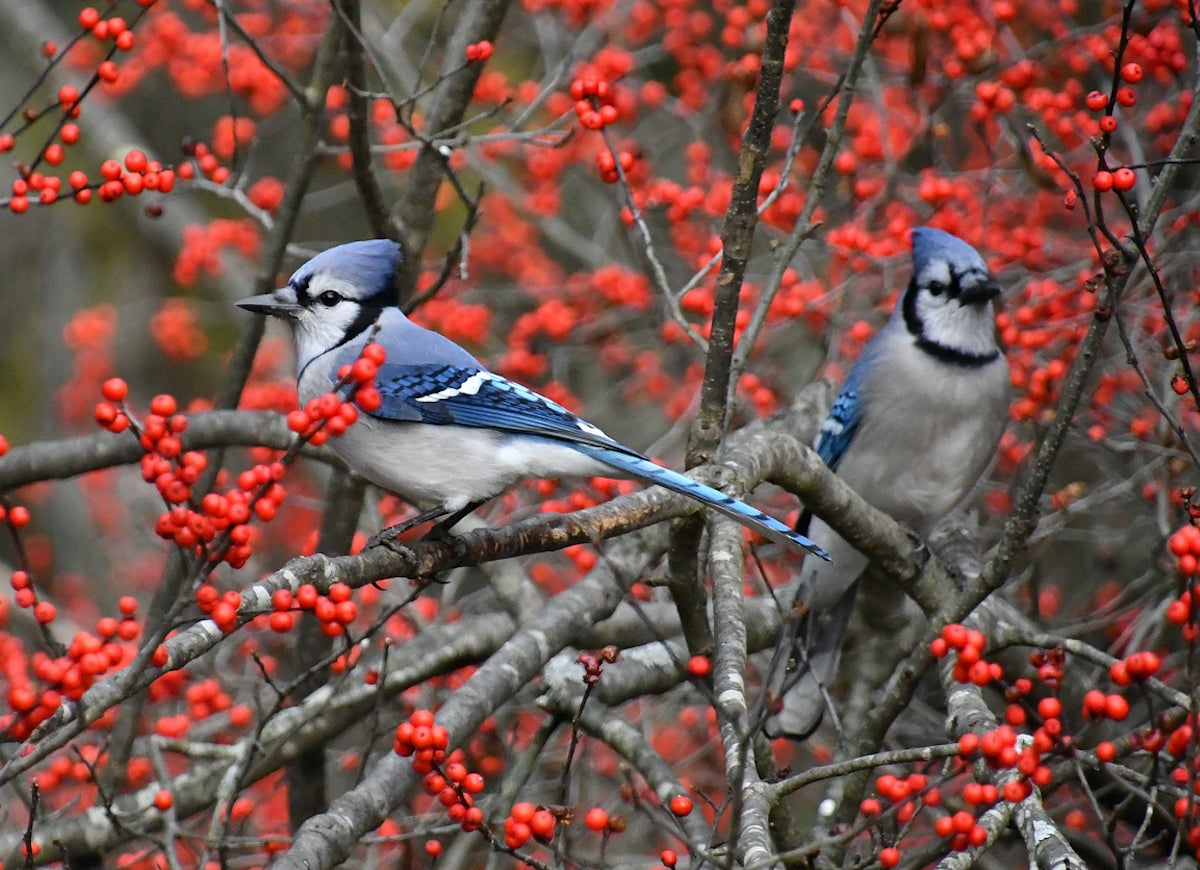
Holly bushes are the ideal winter plant: Their bright berries bring a welcome splash of color to a drab winter landscape, and they look stunning against a blanket of snow. Winterberry, unlike most other hollies, loses its glossy leaves in winter, so the berries really stand out. The colorful sprinkling of berries against the dramatic tracery of branches is pleasing to both people and birds, many of which find those berries irresistible.
Chokeberry
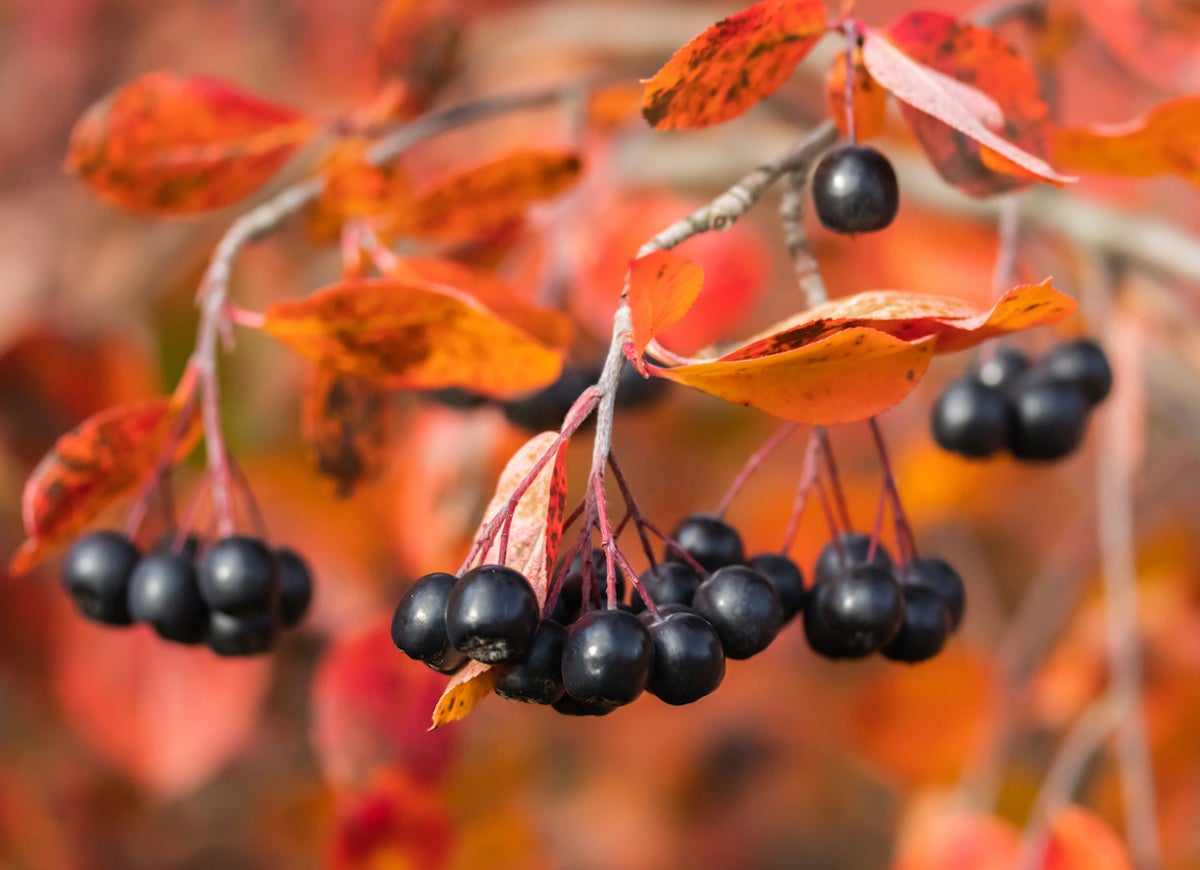
Berries soften in the winter, making them more appealing to birds and other critters. Chokeberry is a choice food source for various overwintering birds, including crows, finches, and thrushes. This shrub is hardy and easy to maintain, and the berries are even safe for humans to eat, although they’re unpalatable raw. If you do decide to harvest them for jam making, be sure to leave plenty behind for the birds—or plant a few more bushes to be safe.
Coneflowers
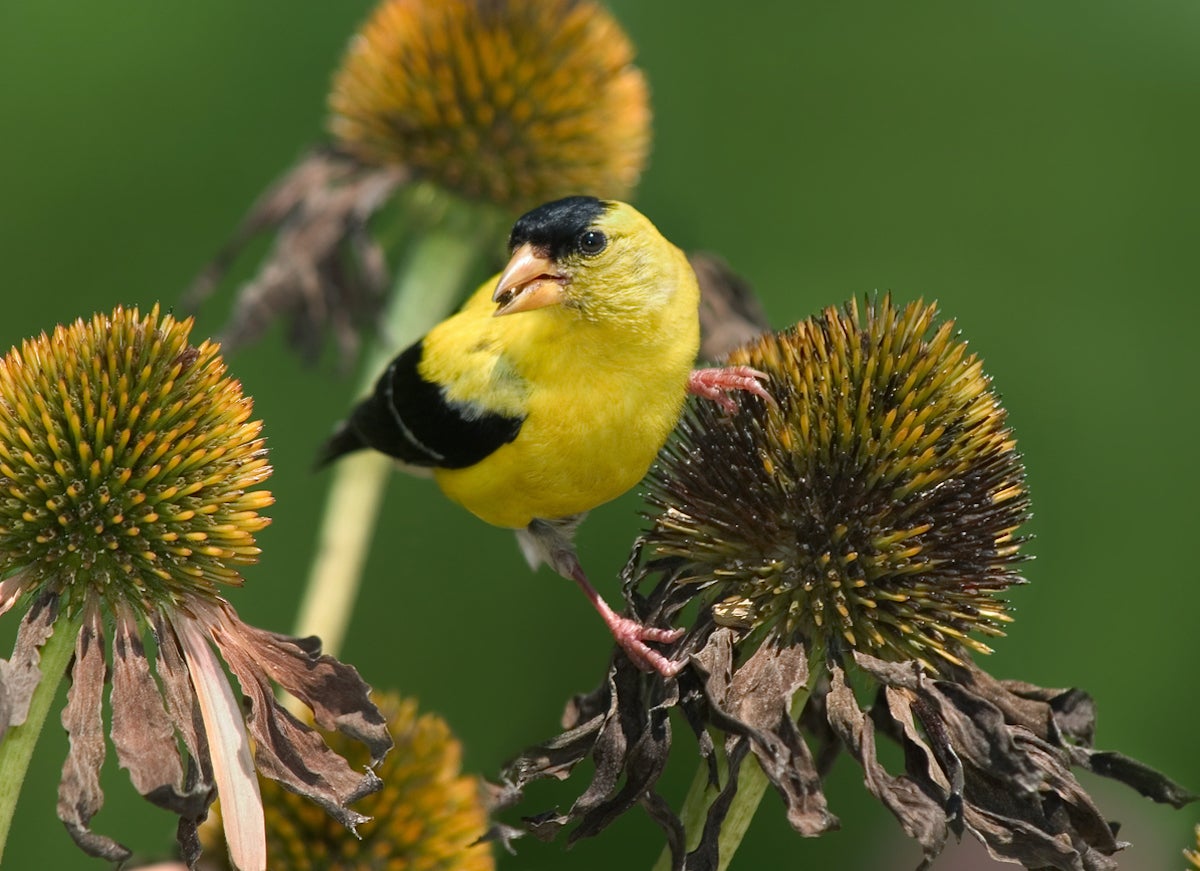
This plant’s pretty flowers attract bees all summer long. If you let the seed heads be, the feast can continue through fall as seed-loving birds like finches and chickadees fly by for a bite. These perennials are also relatively easy to grow, and they tolerate poor soil and drought.
Penstemon
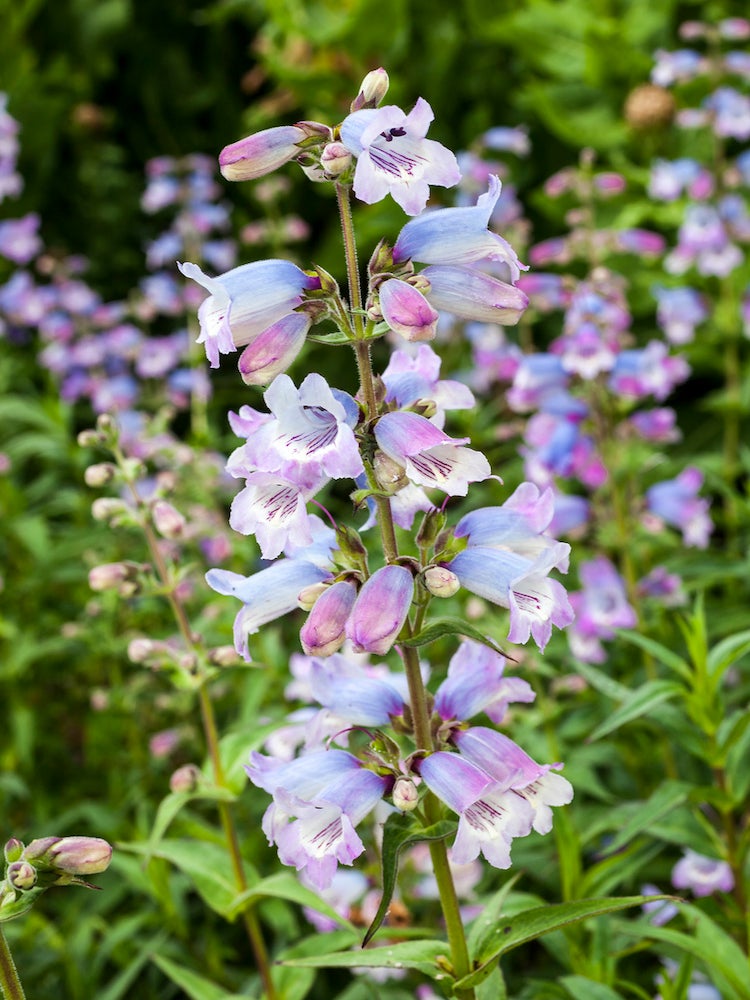
As you complete your fall cleanup, be sure to leave the seed heads on flowers. They’ll mature and dry out, and serve as a source of food for visiting birds. In general, aim for a range of plants—some that offer berries and others that offer seeds—to ensure that local birds will have access to a varied diet. Penstemon, a perennial also known as beardtongue, is a prolific seed producer. At the height of summer, its blooms are filled with delicious nectar that attracts hummingbirds; when cooler weather descends, its seed pots become the main draw. Penstemon is also deer and rabbit resistant.
Crab Apple
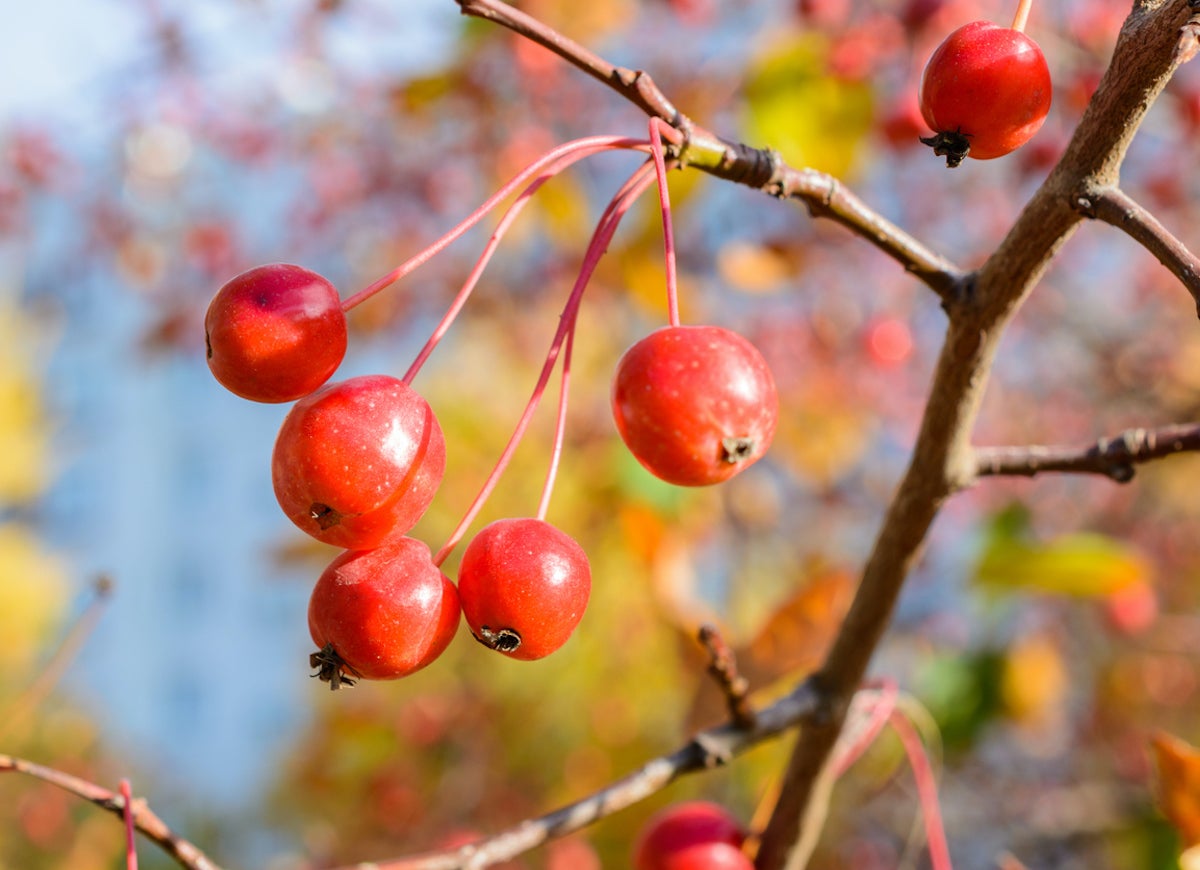
Crab apple trees are not only pretty tree in the spring and summer, but they’re also a reliable source of food for creatures trying to ride out the winter. Mockingbirds and waxwings, for instance, feast on the fruit all season long. Even after its leaves have fallen, the tree retains its juicy, seed-filled fruits, which are also safe for human consumption. Like every plant on this list, the crab apple tree is easy to grow and maintain.
Zinnia
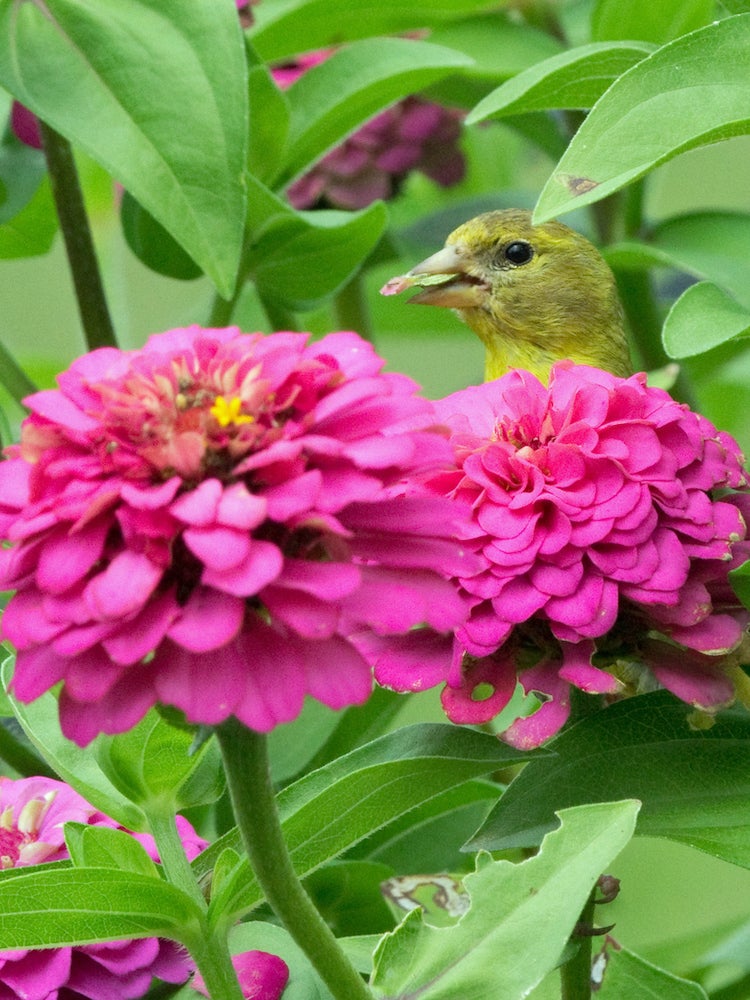
Zinnias are among the most beautiful annuals, and in the summer a garden filled with colorful zinnias is usually buzzing with pollinators. The flowers continue blooming well into the fall until they face a killing frost. If you let the seed heads remain after the plant has died back, you’ll provide sustenance for hungry birds like sparrows and finches.
American Beautyberry
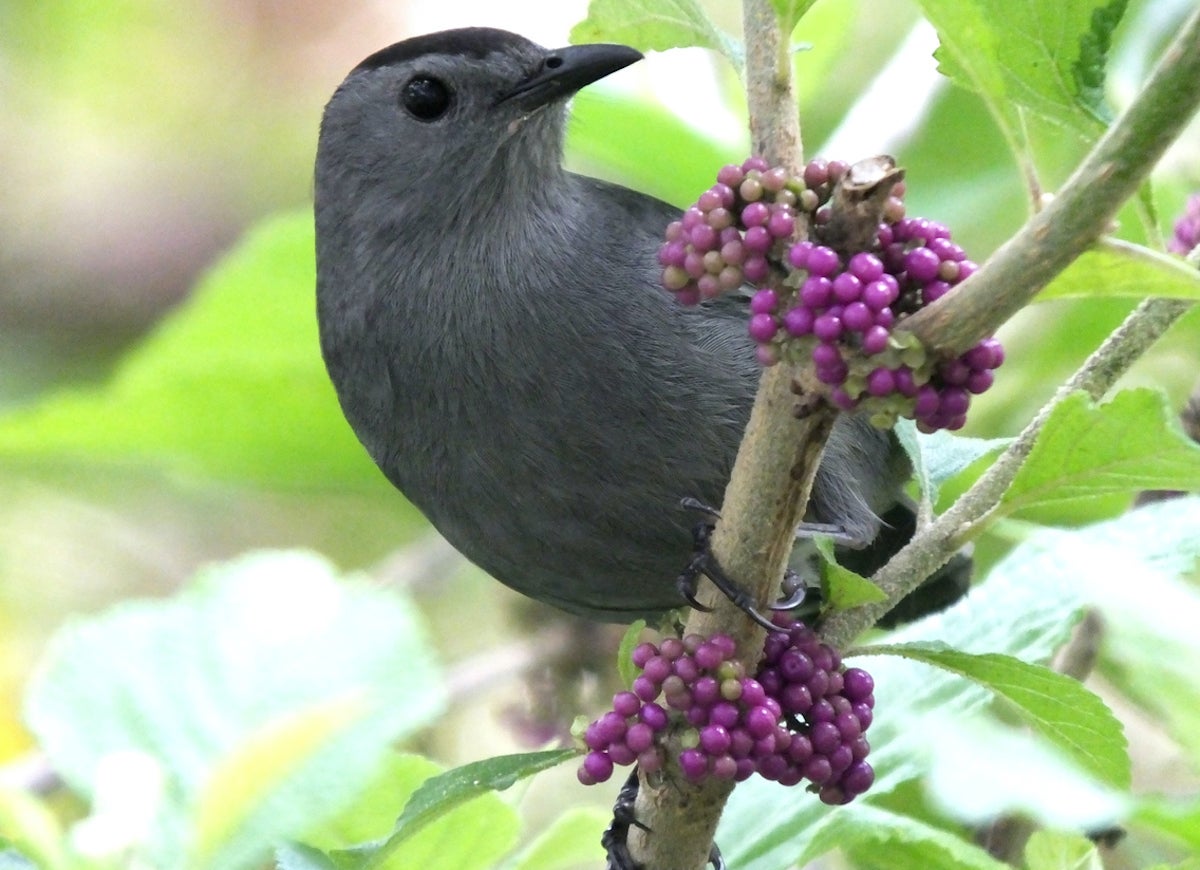
Keeping warm through the winter is a tall order for tiny birds that have to burn tons of calories just to stay alive. This pretty berry-dotted bush is a crucial food source for a variety of North American birds, including quails, robins, and brown thrashers. In addition to birds, the American beautyberry, also known as American mulberry, feeds small mammals like deer, gray foxes, and raccoons. The fruits hang on for a long time, so they provide sustenance for ravenous critters well into the winter.
Virginia Creeper
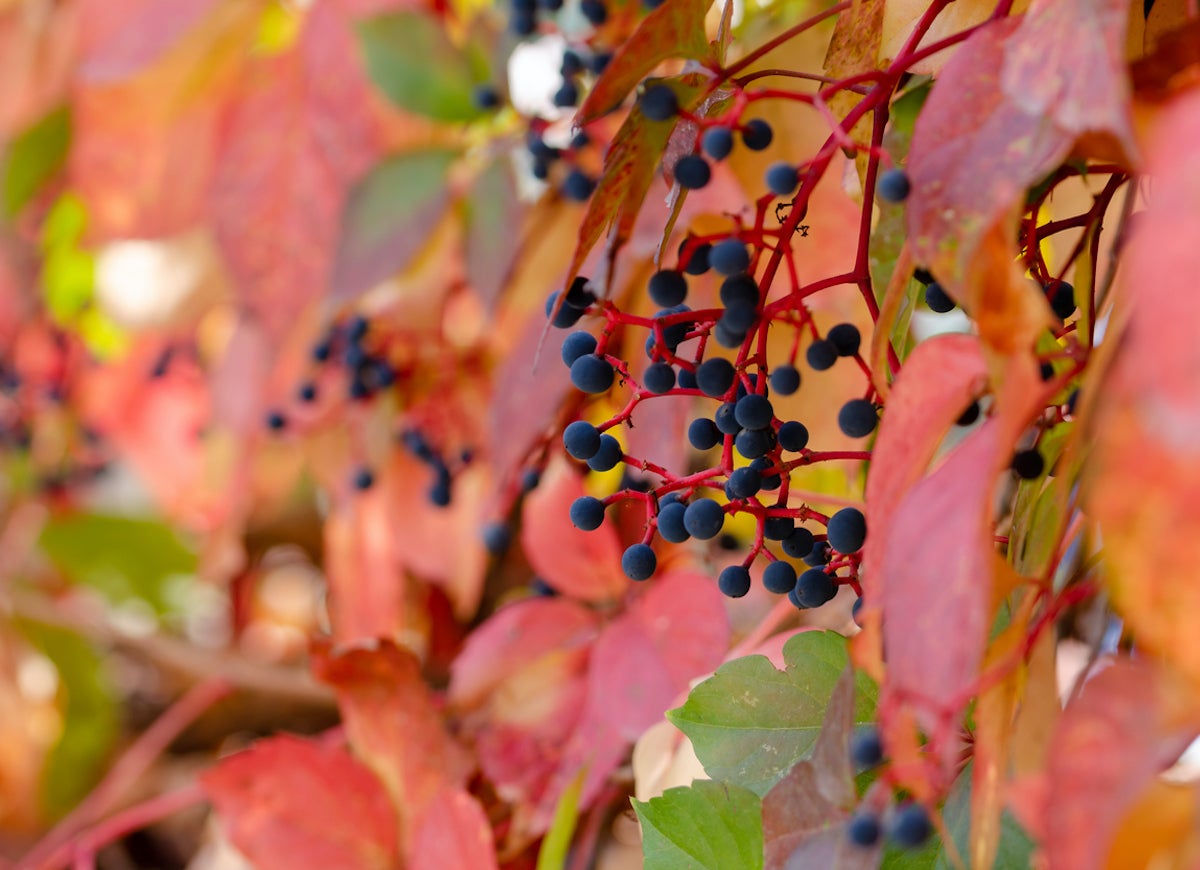
This vining plant, which is bright green in the summer, turns vibrant red when fall hits, attracting hungry berry-seeking creatures. It needs no support structure and will easily climb walls, yet unlike many other vines, it has gentle gripping tendrils with sticky tips that won’t damage surfaces. Several bird species enjoy nibbling the vine’s blue-black berries, including warblers and woodpeckers, during the colder months of winter.

All You Need to Care for Your Lawn & Garden
Keeping your grass green and your plants thriving doesn’t just take a green thumb—it starts with the right tools and supplies.
